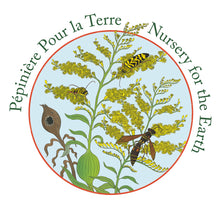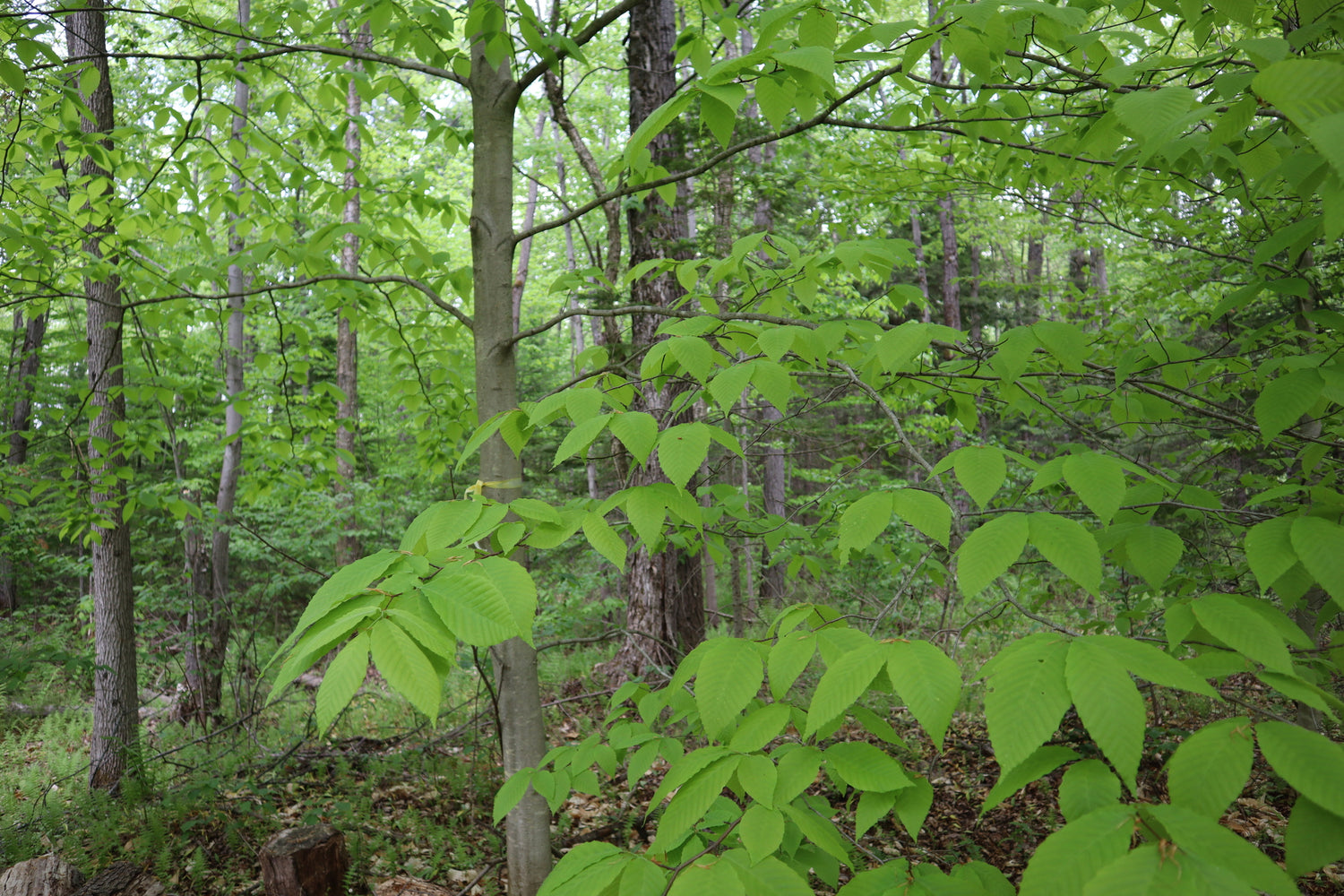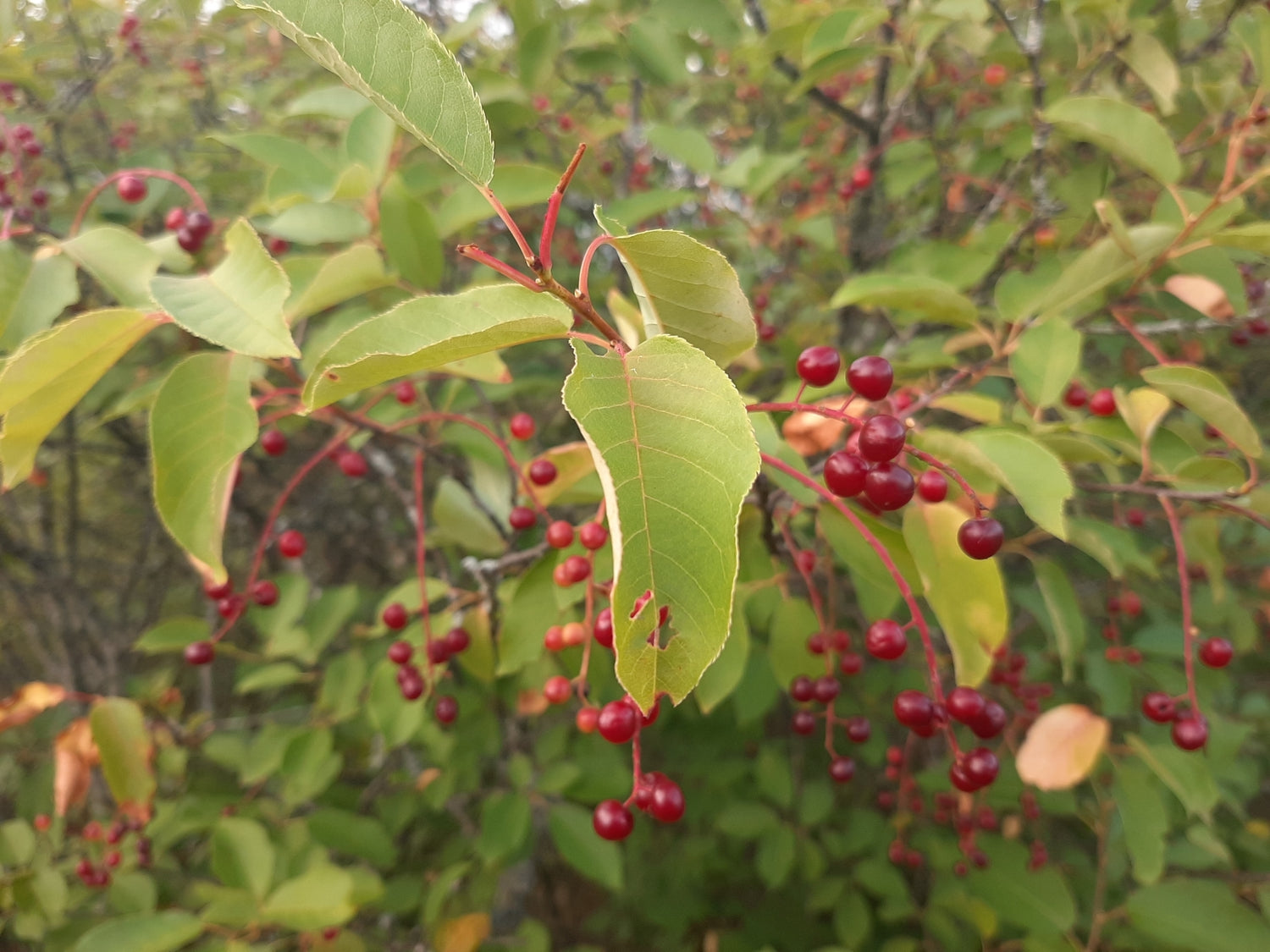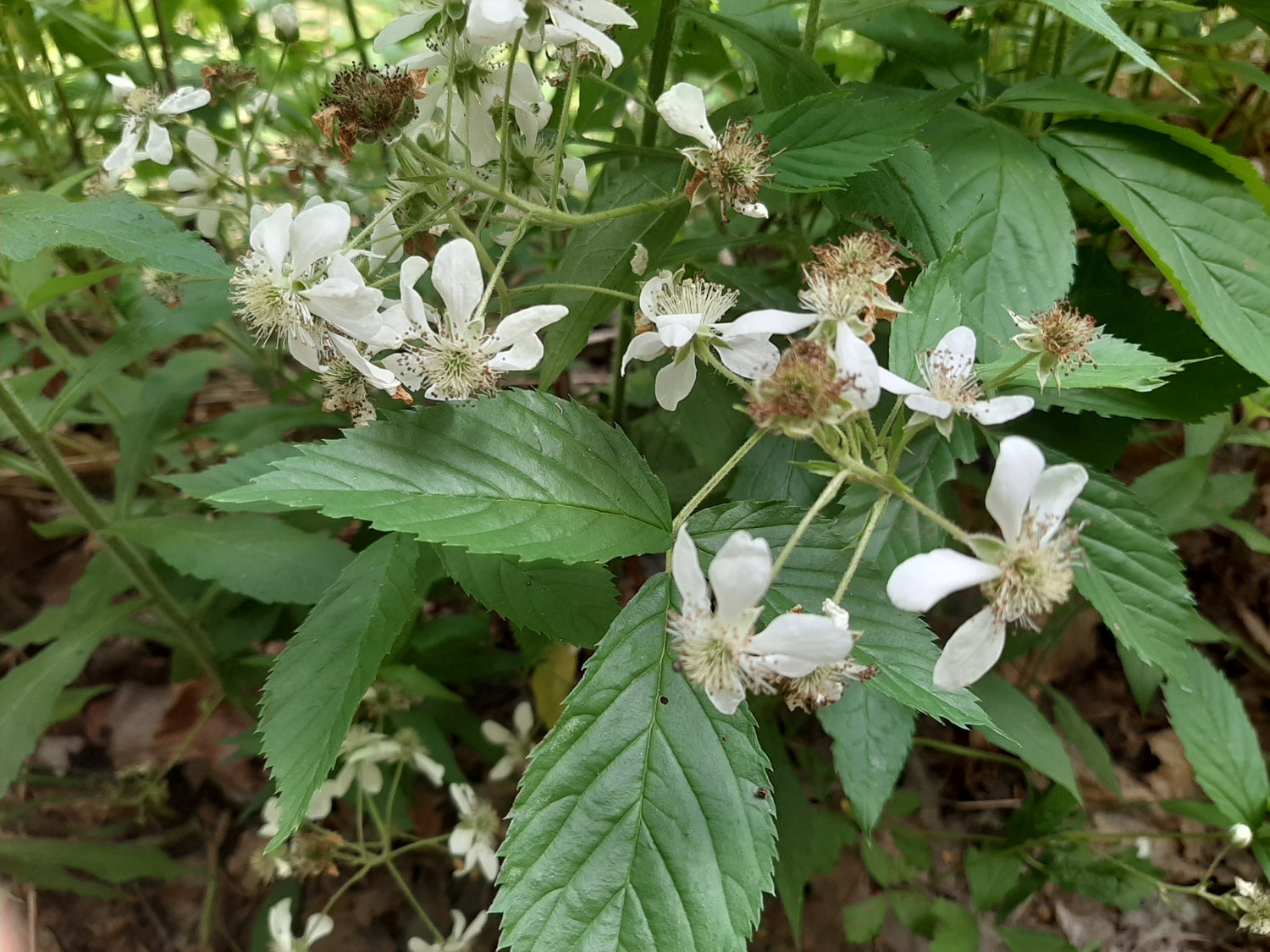Nursery for the Earth
Echinocystis lobata (Fr: concombre grimpant | EN: Wild cucumber)
Regular price
$8.00 CAD
Regular price
Sale price
$8.00 CAD
Unit price
per
Couldn't load pickup availability
Echinocystis lobata
En: Wild cucumber, prickly cucumber, Balsalm apple
Fr: concombre grimpant, échinocyste lobé
Whenever I come across Echinocystis lobata it stops me in my tracks. I can’t help but admire this beautiful sweet smelling flowers, and strange fruit.
Taxonomy
Echinocystis lobata is a member of the Cucurbitaceae family, which means they are more closely related to cucumbers, squash, watermelons and loofahs than non-family members, of the bunch it is though to be most closely related to Loofah such as Luffa aegyptiaca. However, Echinocystis lobata it is the only species classified within this genus, Echinocystis.
Identification
The only species that closely resembles Echinocystis lobata is Sicyos angulatus which is known as One-seeded Bur cucumber in English and Sicyos anguleux in French.
The easiest way to tell the two apart is in flowers, Echinocystis lobata has six petals on flowers and these petals are quite long, while Sicyos angulatushas five petals which taper quickly.
Fruit is another way to tell them apart, Echinocystis lobata will be larger, inflated with a more cucumber like shape, will lack long white hairs but have still have pointy spikes. The fruit will also have more than 1 seed in Echinocystis lobata
One can also use the leaves as a key, Echinocystis lobata has leaves that have larger lobes than Sicyos angulatus
Range and Habitat
This species is currently found in all provinces except Newfoundland and Labrador. However, The original habitat of this species is somewhat debated, it is considered by Vascan to be native to all provinces it is present in Saskatchewan and east, but is considered introduced in PEI.
This species is also considered invasive in much of Europe, Germany and East, notably in southern Russia where 1000s of observations have been recorded on iNaturalist spanning the whole country.
It can be found throughout the Ottawa Valley usually near water in moist soil habitats such as marshes, wet meadows and thickets.
Gardening
In the right conditions, this vine can grow to around 10 meters, amazingly as an annual each year from seed. So while the plant can smother other plants as it grows, it rarely causes significant harm because it is an annual that starts from seed each year, and by the time it has grown large enough to cover the plant, it is usually so hot and dry in summer that they the other plant could almost use the shade.
They prefer rich soil and like to be kept well watered. They require a lot of water to truly thrive, and may be nice in a ditch alongside Eutrochium maculatum, Impatiens capensis and other robust flowers that like wet feet.
The flowers which are in July and August also smell very nice and are a great way to add aroma to the garden long after all the lilacs have finished flowering.
Share







